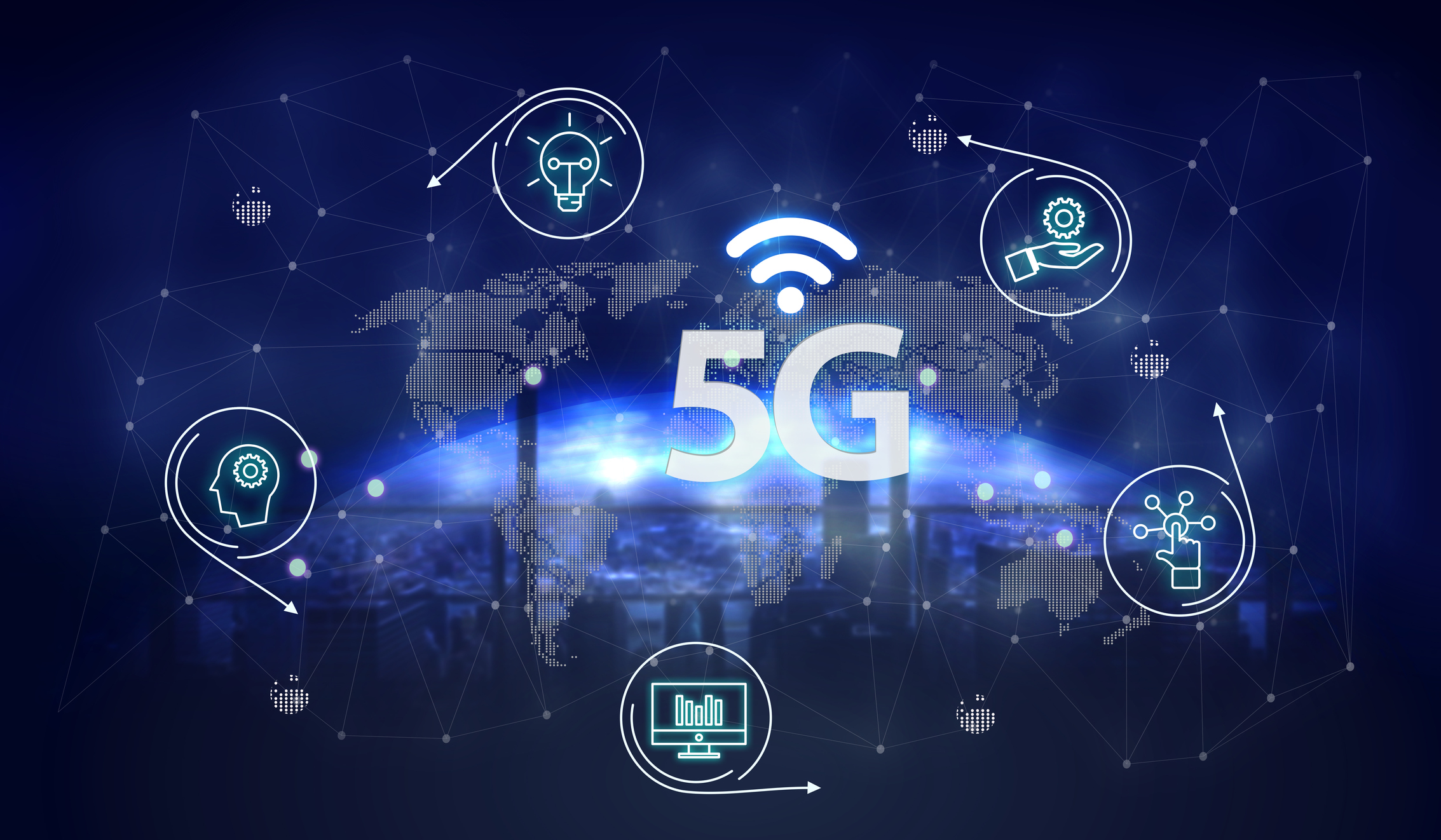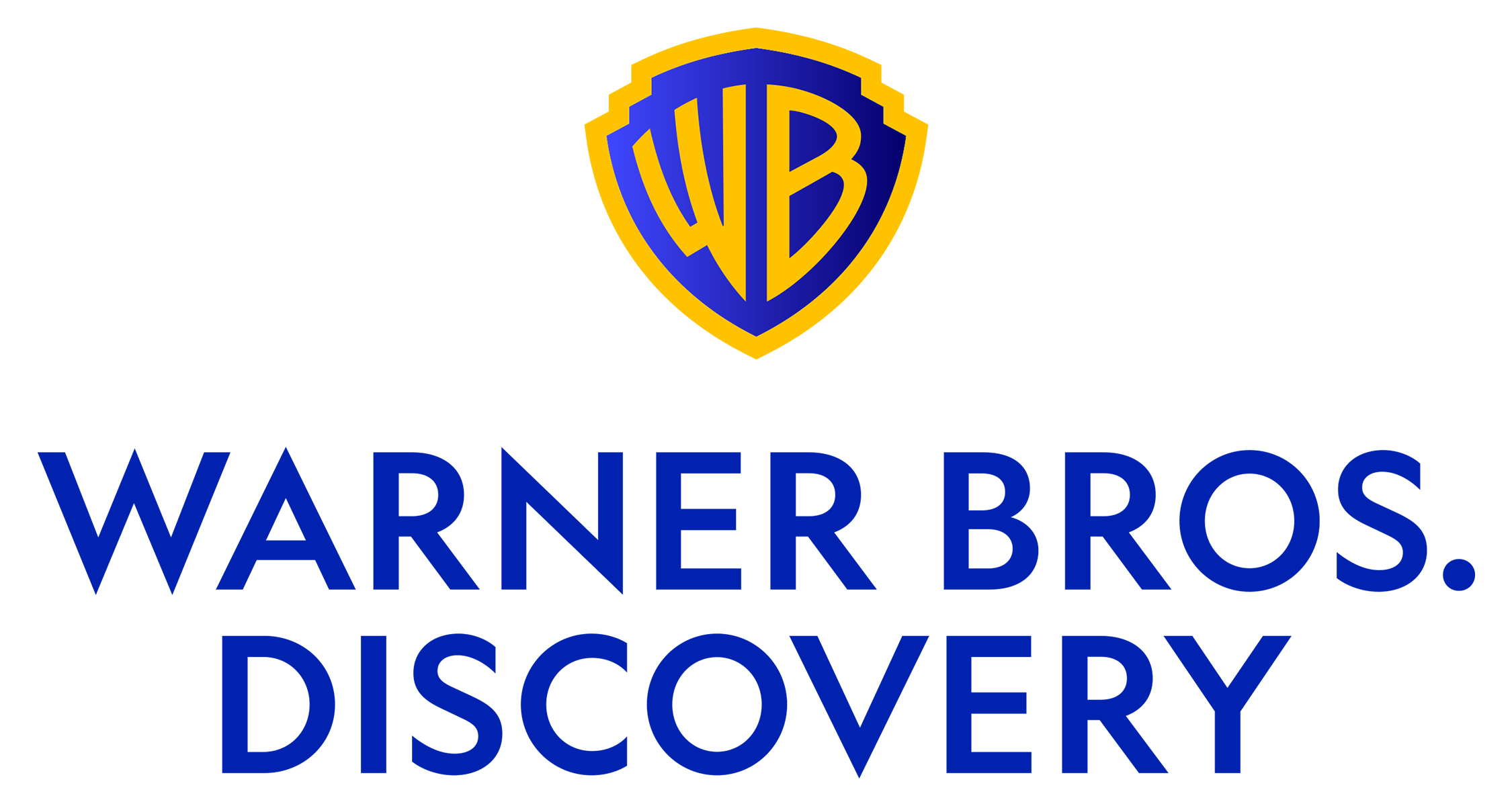
Last month’s cancellation of the 2020 NAB Show put on hold the discussion of topics important to television broadcasters. Among them is 5G.
What impact will 5G wireless service, with its massive data throughput, have on the distribution of video content—the life blood of broadcasters? What about other traditional video content distributors like cable TV?
The NAB Show program offered sessions to explore these and other 5G-related topics that one day will affect television broadcasters. Andy Shenkler, chief product and technology officer at Deluxe Entertainment, was scheduled to discuss 5G during an NAB Show session called “5G Is Coming, Whether We’re Ready or Not.”
In lieu of the session, Shenkler offers his thought on the impact of 5G on traditional media in this Q&A.
TV Technology: From a high level, how do you see 5G shaping up as a viable distribution medium for video content?
Andy Shenkler: Widespread adoption of 5G holds many dazzling promises, from making VR and AR experiences mainstream, to driving unprecedented spending in mobile advertising. In the short term, however, the most immediate benefit to media and entertainment companies will be the dramatic performance improvements that 5G will create in mobile video consumption.
A consumer trying to stream a video on a 5G-enabled iPad or Android phone will see a ~50x improvement over 3G or 4G. The days of buffering and waiting will be gone. Viewers will no longer drop off due to frustrations with the technology, driving audience demand for mobile video viewing due to 5G’s higher throughput speeds and extremely low latency.
The professional video industry's #1 source for news, trends and product and tech information. Sign up below.
Those pristine and lightning fast video viewing experiences for the end customer will provide a foundation for audience growth in the other more immersive applications.
TVT: Is this a threat, opportunity or both for traditional video news, sports and entertainment distributors like call letter TV stations, station groups and TV networks? Can cable make it, or will 5G accelerate cord cutting?
AS: 5G will accelerate cord cutting, and that is most certainly a threat to the traditional cable companies. We will also start to see growth in fixed wireless access (FWA) at home, with 5G being used as the primary home internet connection bundled with TV.
You’re starting to see companies like Verizon offer these 5G home services. Adoption there will be slower due to the infrastructure costs involved in building it out, but once viewers are able to get the same connection at home with 5G that they can with broadband, and also carry that outside the home, that will be formidable competition for the traditional players.
Whether 5G will be an opportunity or a threat to traditional broadcasters and station groups will be largely up to them. 5G will allow broadcasters to do IP-based delivery of video and data content, which makes better use of their spectrum.
Broadcast spectrum is a finite and coveted resource. There are standards in development like ATSC 3.0, which in essence allow a greater amount of content to be transmitted in the same spectrum compared with the current system.
There are also ways to make broadcast transmissions more efficient, avoiding the types of point-to-point challenges of wirelessly delivering video, audio, photos, games and other bandwidth-hungry media today. If broadcasters can plan for these technological efficiencies around their coveted spectrum and figure out how to deliver the right type of content in the smartest method, they have a great opportunity to succeed with 5G.
They can build a better TV experience for viewers on TVs and mobile devices. People can receive their broadcasts in richer fashion with targeted ads or interactive features that make that business model very compelling for brands.
TVT: What was the main message you hoped those attending your session at the now-cancelled 2020 NAB Show would walk away with?
AS: If we want to learn from the past, we would be smart as an industry to prepare our business models and take steps now so that we can reap the benefits of a 5G world down the line.
Just like OTT, 5G impacts may be small at first, but they will build until one day suddenly entire legacy businesses are at risk. It is clear that consumers want richer, high-quality video content for mobile delivery. They want to watch or play or immerse themselves in media experiences wherever they are and not be frustrated with the tech behind the scenes.
Content owners and distributors must embrace truly digital cloud-based workflows that prepare content for augmented broadcast or OTT over 5G. Hyper-targeted advertising, AR/VR and truly immersive two-way content are areas we can start to plan for as we look at distribution technologies and how we can be ready to deliver.
Phil Kurz is a contributing editor to TV Tech. He has written about TV and video technology for more than 30 years and served as editor of three leading industry magazines. He earned a Bachelor of Journalism and a Master’s Degree in Journalism from the University of Missouri-Columbia School of Journalism.

